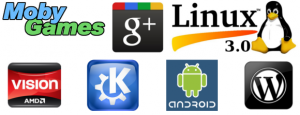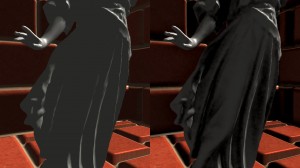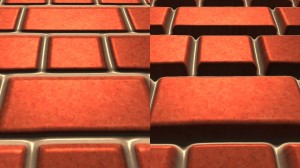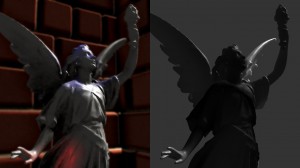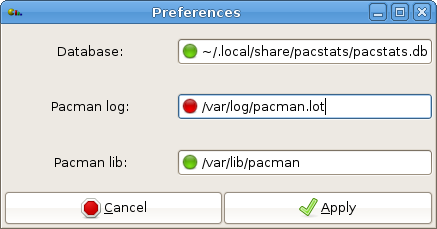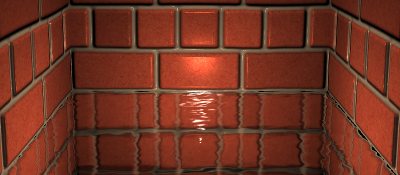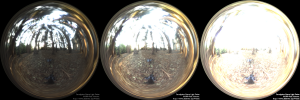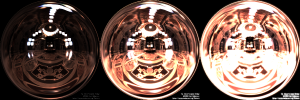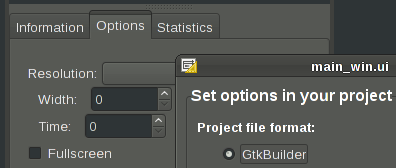It seems like the interval between posts is getting longer and longer, this time I am back writing after nearly five years. In my last post I wrote about starting to work and the lack of spare time. In fact I have neglected the blog during all this time but I am making an effort to take a bit more care of it.
First of all a brief summary of what happened in the meantime, I have joined the game industry in the UK, I presented at the GDC (albeit in a sponsored session), I visited some very important game studios, I am working as an engine programmer… We can say that most of my dreams came true, nevertheless I will keep the blog tagline. 😉
Back to the blog, I made some small changes as to refresh the contents. I have updated the about page (now featuring a legal disclaimer at the end 😀 ), updated the blogroll, removed some widgets from the sidebar and written some words in the empty top level pages.
I have also retired the My Computers page and confined it in the Old section. The main reason for this is lazyness, I bought plenty of devices in those years and keeping track of them would be cumbersome: I got some new Android devices (phone, tablet, set-top box, smartwatch and tv), some Windows 10 based (fancy ultrabook, second tablet), an Odroid-C1 and even a PlayStation 4, my first console. 😀
There is also another news, last but not least, which is about a project I started nearly five years ago that I recently decided to release publicly on GitHub. I will not say anything more at this time but the wait should be short. \o/

